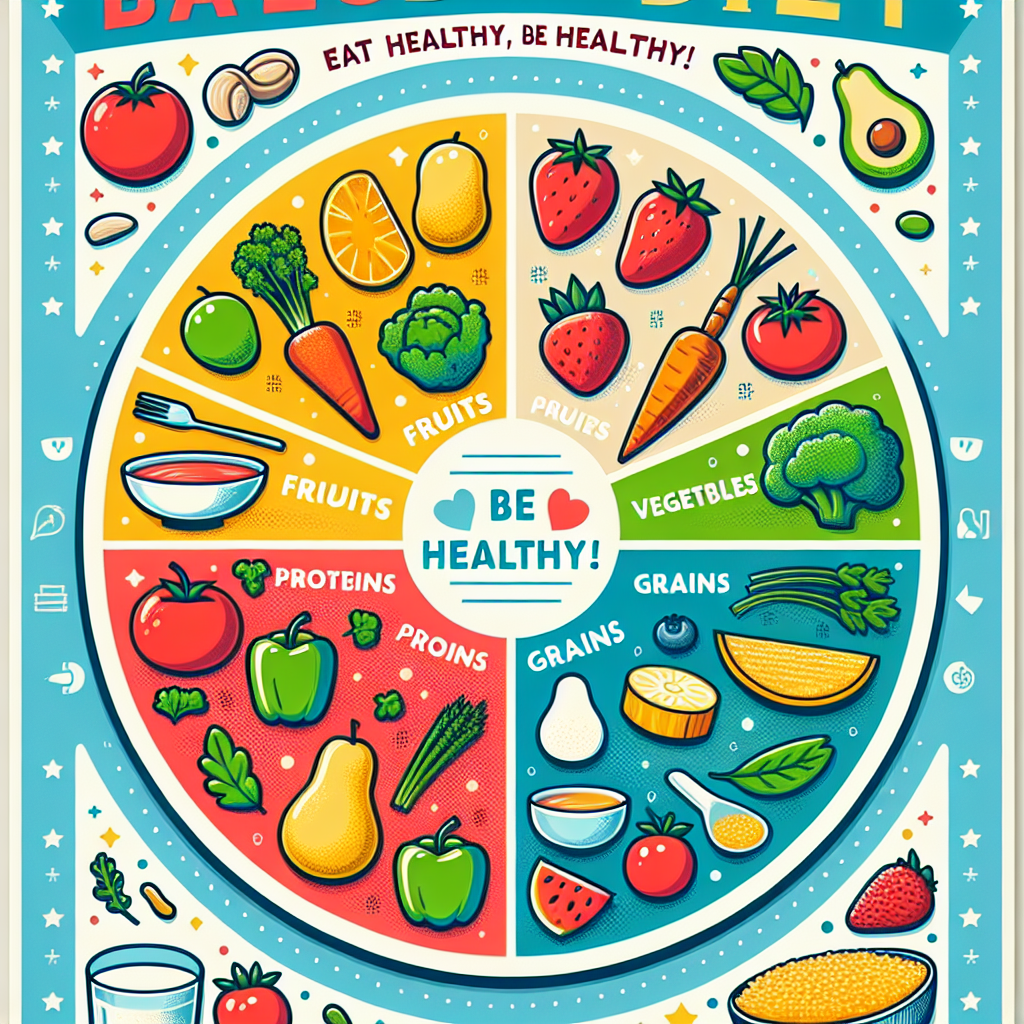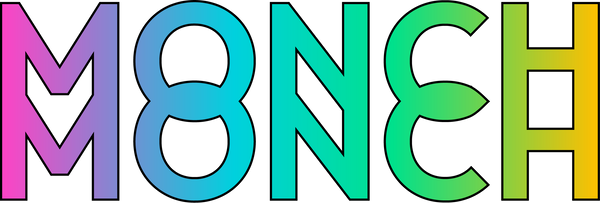
Comprehensive Semaglutide Diet Plan PDF
Share
If you're considering semaglutide as part of your healthcare plan, understanding the dietary component is crucial. This comprehensive guide will outline a semaglutide diet plan that complements the medication's benefits, helping you achieve your health goals effectively.
GLP 1 Diet Plan
The GLP-1 diet plan focuses on incorporating foods that support the action of semaglutide while promoting overall health. This involves a balanced intake of nutrients, emphasizing low-glycemic-index foods that help maintain stable blood sugar levels. Here are some key points to consider when designing your GLP-1 meal plan:
Importance of Nutrient Balance in GLP 1 Meals
A well-balanced diet is the cornerstone of the GLP-1 diet plan. Consuming the right proportion of macronutrients—carbohydrates, proteins, and fats—ensures that your body functions optimally. Carbohydrates should provide energy without causing significant blood sugar spikes, while proteins are essential for tissue repair and muscle maintenance. Healthy fats play a critical role in hormone production and inflammation control.
Role of Low-Glycemic Foods
Low-glycemic foods are integral to this diet plan as they have a minimal impact on blood sugar levels. Foods such as sweet potatoes, quinoa, and most vegetables help in maintaining a steady glucose level, which is particularly beneficial for individuals taking semaglutide. These foods not only aid in stabilizing blood sugar but also contribute to prolonged satiety, reducing the likelihood of overeating.
Hydration and Its Benefits
Staying well-hydrated is often overlooked but is a vital component of any diet plan. Water aids in digestion, nutrient absorption, and the elimination of toxins. It also supports metabolic processes, helping your body efficiently utilize the semaglutide medication. Aim for at least 8-10 glasses of water a day, adjusting for activity level and climate.
Incorporating Variety
To prevent dietary monotony and ensure a comprehensive intake of nutrients, incorporate a wide range of foods. A diverse diet not only helps in avoiding nutrient deficiencies but also keeps your meals exciting and satisfying. Experiment with different cuisines and ingredients to find what best suits your taste while still aligning with the GLP-1 guidelines.
Monitoring Blood Sugar Levels
Regular monitoring of blood sugar levels helps you understand how different foods affect your glucose levels. This insight allows you to make informed dietary choices, modifying your intake as necessary to optimize the benefits of semaglutide. Use this data to refine your meal plan, ensuring it supports your health goals effectively.
Monch Monch Fiber: Best Prebiotic Fiber Supplement
Want to take the guesswork out of what you should vs shouldn't eat? Monch Monch is here for you.
Monch Monch's sugar-absorbing fiber turns ultraprocessed, sugary foods back into whole, healthy foods. Monch Monch works in your stomach by absorbing sugar from your meal and trapping it, preventing your body from digesting the sugar.
Monch Monch then feeds your healthy gut microbiome, leading to the production of natural GLP-1. So it's a two-for-one gut health special!
Try Monch Monch today. Up to 30% off your first order:
Sample 30 Day Semaglutide Diet Plan PDF

Week 1: GLP Diet
- Breakfast: Greek yogurt with mixed berries and a sprinkle of flaxseeds
- Greek yogurt is a protein-rich start to the day, while berries provide antioxidants and fiber.
- Lunch: Grilled chicken salad with a variety of colorful vegetables and a vinaigrette dressing
- A balanced meal that includes lean protein and a variety of vegetables for different nutrients.
- Dinner: Baked squash with quinoa and steamed broccoli
- Squash is high in nutrients, while quinoa and broccoli offer fiber and essential vitamins.
- Snacks: Carrot sticks with hummus, a handful of almonds
- These snacks are high in fiber and healthy fats, keeping you satiated between meals.
Week 2: What to Eat on GLP 1
- Breakfast: Oatmeal topped with sliced bananas and a dash of cinnamon
- A heart-healthy, fiber-rich start with the natural sweetness of bananas.
- Lunch: Seitan and avocado wrap with whole-grain tortilla and leafy greens
- This meal combines lean protein and healthy fats for sustained energy.
- Dinner: Stir-fried tofu with mixed vegetables and brown rice
- Tofu provides plant-based protein, while vegetables and rice offer a balanced meal.
- Snacks: Apple slices with peanut butter, cherry tomatoes
- A combination that balances natural sugars, fiber, and protein.
Week 3: Sustaining Progress
- Breakfast: Smoothie with spinach, protein powder, almond milk, and a tablespoon of chia seeds
- A nutrient-dense smoothie that boosts your morning with vitamins, minerals, and protein.
- Lunch: Lentil soup with a side of whole-grain bread
- Lentils are rich in protein and fiber, making this a hearty and satisfying meal.
- Dinner: Grilled mushrooms with zucchini noodles and marinara sauce
- A low-carb, high-protein dish that’s light yet filling.
- Snacks: Celery sticks with almond butter, a small piece of dark chocolate
- A snack that pairs fiber with healthy fats, plus a touch of indulgence.
Week 4: Refining Your Routine
- Breakfast: Scrambled tofu with spinach and whole-grain toast
- A protein-packed breakfast with the added benefits of leafy greens.
- Lunch: Quinoa salad with chickpeas, cucumbers, and a lemon-tahini dressing
- A plant-based meal that's rich in fiber and protein.
- Dinner: Eggplant stir-fry with bell peppers and a side of brown rice
- A classic dish that combines protein and colorful vegetables.
- Snacks: Yogurt with a drizzle of agave, mixed nuts
- These snacks are high in protein and healthy fats, perfect for keeping hunger at bay.
Creating Your 7 Day Semaglutide Diet Plan PDF
While the sample plan provides a foundation, it's important to tailor your diet to your individual needs and preferences. Consider consulting with a healthcare provider or a registered dietitian to ensure your plan aligns with your health goals and any medical conditions you may have.
Tips for Personalizing Your Free Ozempic Diet Plan
- Assess Your Nutritional Needs: Evaluate your nutritional requirements based on your age, gender, activity level, and health conditions. This assessment will help you determine the right balance of macronutrients and micronutrients needed for optimal health.
- Monitor Your Blood Sugar: Keep track of how different foods affect your blood sugar levels and adjust your diet accordingly. Regular monitoring allows you to make informed decisions about your food choices and optimize the effects of semaglutide.
- Listen to Your Body: Pay attention to hunger cues and avoid overeating. Semaglutide can affect appetite, so be mindful of portion sizes. Eating mindfully ensures you consume only what your body needs, preventing unnecessary weight gain.
- Stay Consistent: Aim for consistency in your eating habits and medication routine to maximize the benefits of semaglutide. Consistency helps your body adapt to the diet and medication, leading to better health outcomes.
- Incorporate Variety: Ensure your diet includes a wide range of foods to prevent nutrient deficiencies and maintain interest in your meals. A varied diet supports overall health and prevents the monotony that can lead to non-compliance.
Benefits of a GLP1 Meal Plan

Weight Management
By promoting satiety and reducing cravings, this diet aids in weight loss efforts. The inclusion of high-fiber foods helps you feel full longer, reducing the likelihood of snacking on unhealthy options. Additionally, the emphasis on lean proteins and healthy fats supports muscle maintenance and metabolic health.
Improved Blood Sugar Control
Low-glycemic foods help stabilize blood sugar levels, enhancing the medication's effects. Maintaining stable blood sugar is crucial for individuals with type 2 diabetes, as it reduces the risk of complications and improves overall health. A diet rich in low-glycemic foods complements semaglutide, making blood sugar management more effective.
Enhanced Energy Levels
A balanced diet provides the energy needed for daily activities and exercise. Consuming a variety of nutrient-dense foods ensures that your body receives all the essential vitamins and minerals required for optimal energy production. This boost in energy can lead to increased physical activity, further supporting weight management and overall health.
Reduced Risk of Complications
By supporting overall health, the diet may lower the risk of complications associated with chronic illnesses. A well-balanced diet rich in antioxidants, healthy fats, and lean proteins supports immune function and reduces inflammation. This holistic approach contributes to better health outcomes and a reduced risk of illness-related complications.
Monch Monch: Empowering Your Health Journey
Taking semaglutide is a step towards better health, and by integrating a thoughtful diet plan, you can further empower your journey. Monch Monch can help.
Conclusion: Why a GLP-1 Diet Plan Matters
Adopting a semaglutide diet plan is a proactive step towards improving your health and well-being. By focusing on nutrient-rich foods and consistent eating habits, you can maximize the benefits of semaglutide and work towards your health goals.
Seeking Professional Guidance
Remember, your journey is unique, and seeking guidance from healthcare professionals can provide valuable support. Whether you're managing a chronic illness or seeking better health, consulting with a dietitian or healthcare provider ensures that your diet plan is safe and effective.
Embrace Your Unique Path
For those interested, the full 30-day semaglutide diet plan PDF is available for download, offering a detailed guide to follow and adapt to your needs. Embrace the path to better health with confidence and clarity, supported by informed choices and a commitment to your well-being.
Commitment to Well-Being
Your commitment to well-being is a lifelong journey. With semaglutide and a tailored diet plan, you are equipped to take control of your health. Stay motivated, remain consistent, and let your progress inspire continued growth and success in achieving your health objectives.
